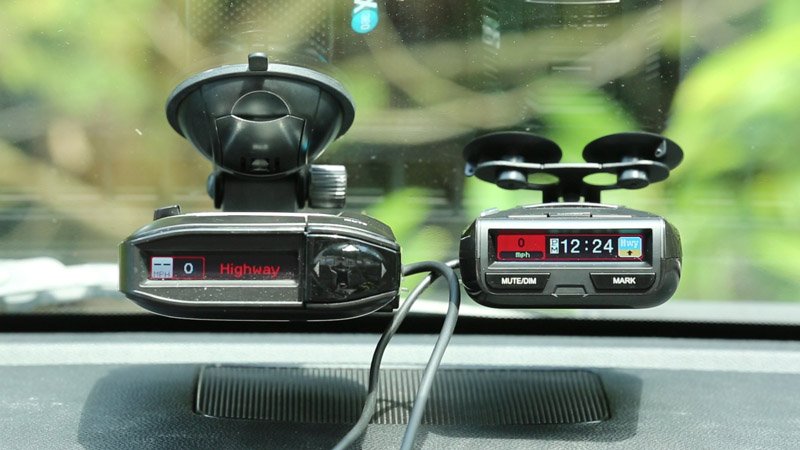 Occasionally, despite my focus on being an objective and unbiased tester, I’ll hear someone suggest that I must be paid or sponsored by manufacturers, I’m biased for one reason or another, or something along those lines. Honestly I find that fear totally understandable because that stuff happens among reviewers. As a matter of fact, those sorts of issues are why I got into testing in the first place. When I first got into radar detectors years ago, some of the primary sources of radar detector tests and reviews were from salesman pushing the products they sold while unfairly downplaying the products they couldn’t make money on as well as testers who were unwittingly putting out bad data simply because they didn’t know how to properly test radar detectors. There were some good testers out there too, but how could I know the difference? I just wanted to know the truth, for myself, about how detectors perform and which one is best for my own needs, so I just started testing them out to see what worked best for me and sharing my experiences along the way. I want to know which detectors offer the highest levels of protection.
Occasionally, despite my focus on being an objective and unbiased tester, I’ll hear someone suggest that I must be paid or sponsored by manufacturers, I’m biased for one reason or another, or something along those lines. Honestly I find that fear totally understandable because that stuff happens among reviewers. As a matter of fact, those sorts of issues are why I got into testing in the first place. When I first got into radar detectors years ago, some of the primary sources of radar detector tests and reviews were from salesman pushing the products they sold while unfairly downplaying the products they couldn’t make money on as well as testers who were unwittingly putting out bad data simply because they didn’t know how to properly test radar detectors. There were some good testers out there too, but how could I know the difference? I just wanted to know the truth, for myself, about how detectors perform and which one is best for my own needs, so I just started testing them out to see what worked best for me and sharing my experiences along the way. I want to know which detectors offer the highest levels of protection.
One thing I love about radar detector testing is that anyone can go and independently test and verify claims for themselves. I do that, along with many other radar detector enthusiasts on RDF. I also highly encourage you to conduct your own testing as well, sharing your videos and results with the community. You’ll learn a ton yourself and it benefits others as well.
I’m also a huge believer in transparency. Now that I make a living off of testing and reviewing radar detectors (I didn’t when I first started out and that wasn’t my goal getting into this), I think it’s important for you to know how I do this, what my financial incentives are, as well as my own personal preferences and biases regarding radar detectors and how that factors into my recommendations and videos.
and finally, for the record, no I’m not sponsored by any manufacturer and I don’t work for any manufacturer. I do help test and develop radar detectors for many different manufacturers, but I’m not sponsored by any and actively turn down any such requests when they arise.
My goal is to provide the very best objective and unbiased radar detector information, no matter of if I get paid or not, no matter what brand name is written on the detector. If it’s awesome, I’ll tell you. If it sucks, I’ll tell you. If I’m being compensated in any way such as getting a free detector or making a percentage of the sale, I’ll tell you. You deserve to know.
Ultimately I just want to know the truth, that’s my number one priority, and that’s what I’m here to share with you.
Continue reading


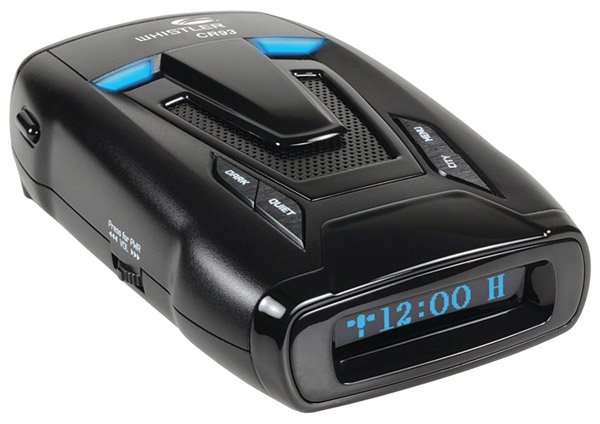
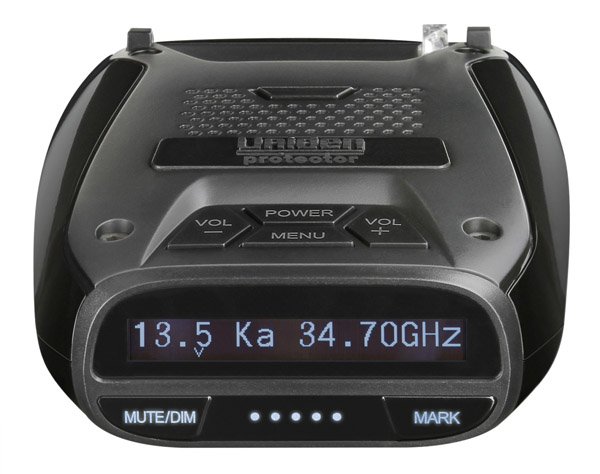 Update August 2020: The DFR7 is being discontinued and replaced by the
Update August 2020: The DFR7 is being discontinued and replaced by the 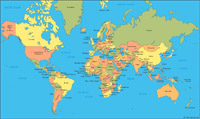
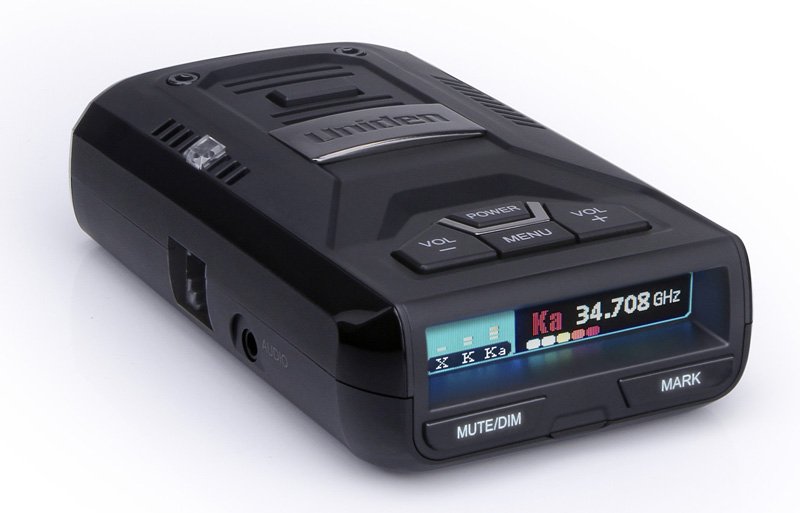
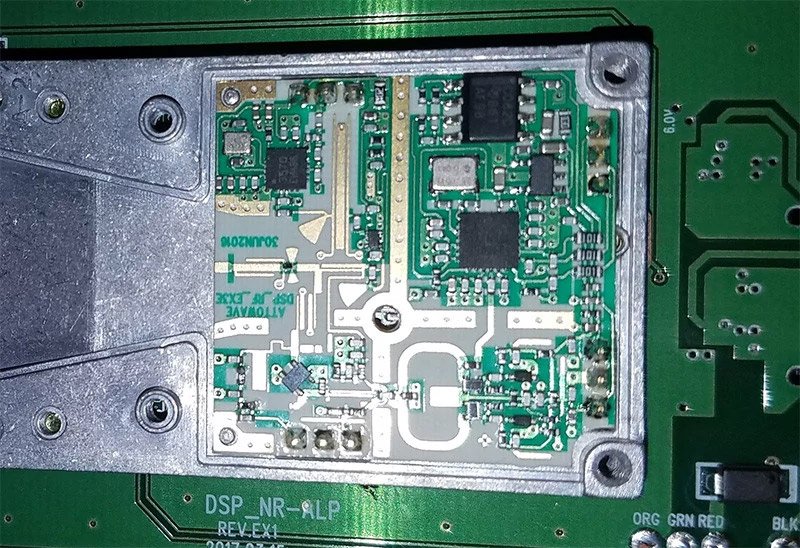
 Occasionally, despite my focus on being an objective and unbiased tester, I’ll hear someone suggest that I must be paid or sponsored by manufacturers, I’m biased for one reason or another, or something along those lines. Honestly I find that fear totally understandable because that stuff happens among reviewers. As a matter of fact, those sorts of issues are why I got into testing in the first place. When I first got into radar detectors years ago, some of the primary sources of radar detector tests and reviews were from salesman pushing the products they sold while unfairly downplaying the products they couldn’t make money on as well as testers who were unwittingly putting out bad data simply because they didn’t know how to properly test radar detectors. There were some good testers out there too, but how could I know the difference? I just wanted to know the truth, for myself, about how detectors perform and which one is best for my own needs, so I just started testing them out to see what worked best for me and sharing my experiences along the way. I want to know which detectors offer the highest levels of protection.
Occasionally, despite my focus on being an objective and unbiased tester, I’ll hear someone suggest that I must be paid or sponsored by manufacturers, I’m biased for one reason or another, or something along those lines. Honestly I find that fear totally understandable because that stuff happens among reviewers. As a matter of fact, those sorts of issues are why I got into testing in the first place. When I first got into radar detectors years ago, some of the primary sources of radar detector tests and reviews were from salesman pushing the products they sold while unfairly downplaying the products they couldn’t make money on as well as testers who were unwittingly putting out bad data simply because they didn’t know how to properly test radar detectors. There were some good testers out there too, but how could I know the difference? I just wanted to know the truth, for myself, about how detectors perform and which one is best for my own needs, so I just started testing them out to see what worked best for me and sharing my experiences along the way. I want to know which detectors offer the highest levels of protection.
